Home>Gardening & Outdoor>Landscaping Ideas>How To Remove Grass Around Trees
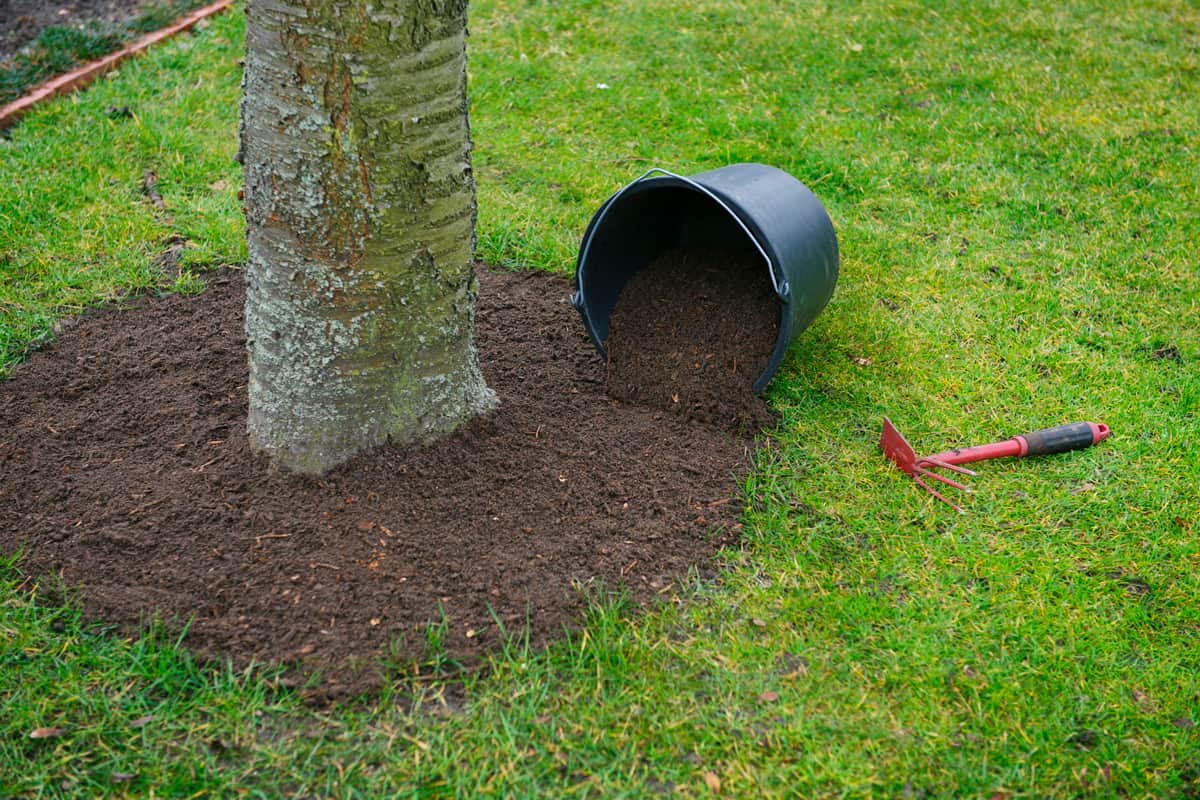

Landscaping Ideas
How To Remove Grass Around Trees
Published: January 25, 2024
Learn effective landscaping ideas for removing grass around trees. Discover step-by-step methods for a beautiful and well-maintained garden.
(Many of the links in this article redirect to a specific reviewed product. Your purchase of these products through affiliate links helps to generate commission for Storables.com, at no extra cost. Learn more)
Introduction
Maintaining a lush and vibrant landscape often involves meticulous care and attention to detail. One common challenge faced by homeowners and garden enthusiasts is the presence of grass and weeds around trees. While grass can be a beautiful addition to a yard, it can also compete with trees for essential nutrients, water, and sunlight. As a result, it's crucial to address this issue to ensure the optimal health and growth of the trees in your garden or yard.
In this comprehensive guide, we will explore effective methods for removing grass around trees, allowing you to create a clean and well-maintained environment that promotes the overall well-being of your trees. By following these steps, you can enhance the aesthetic appeal of your landscape while providing your trees with the best possible conditions for healthy growth.
Removing grass around trees involves a combination of strategic techniques, including clearing the area, applying natural weed killers, and implementing preventative measures to inhibit regrowth. By understanding and implementing these methods, you can effectively manage the growth of grass and weeds around your trees, ensuring that they receive the necessary resources to thrive.
Whether you're a seasoned gardener or a novice enthusiast, this guide will equip you with the knowledge and tools needed to tackle this common landscaping challenge. With a proactive approach to maintaining the area around your trees, you can create an environment that fosters the optimal growth and vitality of your trees, contributing to a picturesque and flourishing landscape.
Now, let's delve into the step-by-step process of removing grass around trees, empowering you to take proactive measures in preserving the health and beauty of your outdoor space.
Key Takeaways:
- Say goodbye to grass around trees by clearing the area, applying natural weed killer, and using mulch. Keep the tree healthy and the landscape beautiful with these simple steps!
- Keep your trees happy and healthy by regularly maintaining and monitoring the area around them. Stay proactive in preventing weed regrowth and nurturing a flourishing outdoor space.
Read more: How To Grow Grass Around Trees
Step 1: Gather the necessary tools
Before embarking on the task of removing grass around trees, it's essential to gather the necessary tools to ensure a smooth and efficient process. Equipping yourself with the right tools will not only streamline the task but also contribute to the overall success of the endeavor. Here's a comprehensive list of essential tools and materials that you'll need:
1. Garden Gloves:
Invest in a sturdy pair of garden gloves to protect your hands from potential cuts, scratches, or contact with any irritants while working in the garden. Gloves provide a barrier against thorns, prickly weeds, and other hazards, ensuring your hands remain safe and comfortable throughout the process.
2. Hand Trowel or Garden Spade:
A hand trowel or garden spade is indispensable for digging and loosening the soil around the base of the tree. This tool allows for precise and controlled excavation, enabling you to clear the area effectively without causing damage to the tree's roots.
3. Natural Weed Killer:
Select a natural weed killer or herbicidal spray that is safe for the environment and won't harm the tree. Look for products that are specifically formulated to target grass and weeds while being gentle on the surrounding vegetation. Opting for a natural weed killer aligns with eco-friendly practices and minimizes the risk of chemical exposure to the tree.
Read more: How To Plant Grass After Tree Removal
4. Mulch:
Mulch serves as a valuable resource for inhibiting weed growth and retaining moisture in the soil. Choose high-quality mulch that complements the aesthetic of your landscape while providing effective weed suppression around the tree. Organic mulch, such as wood chips or bark, offers the added benefit of enriching the soil as it decomposes over time.
5. Watering Can or Hose:
Ensure access to a watering can or hose for irrigating the area around the tree after removing the grass. Adequate hydration is essential for the tree's health, and watering the soil post-clearing will help settle the area and promote optimal growing conditions for the tree.
By assembling these essential tools and materials, you'll be well-prepared to initiate the process of removing grass around trees with confidence and efficiency. With the right equipment at your disposal, you can proceed to the subsequent steps, knowing that you have everything needed to achieve a successful outcome.
Step 2: Clear the area around the tree
Once you have gathered the necessary tools, the next crucial step in removing grass around trees is to clear the area effectively. This process involves meticulous attention to detail to ensure that the tree's immediate surroundings are free from grass and weeds, creating an optimal environment for its growth. Here's a detailed breakdown of the steps involved in clearing the area around the tree:
1. Define the Clearing Area:
Begin by identifying the perimeter around the tree where you intend to remove the grass. This area should extend beyond the tree's trunk to encompass the root zone, allowing for ample space for the tree to access essential nutrients and moisture. Carefully mark the boundary to establish a clear demarcation for the clearing process.
Read more: How To Grow Grass After Tree Removal
2. Remove Existing Vegetation:
Using a hand trowel or garden spade, carefully remove the existing grass and weeds within the defined area. Exercise caution to avoid disturbing the tree's roots and surrounding soil. By methodically clearing the vegetation, you create a clean canvas for the subsequent steps, ensuring that the tree's immediate vicinity is free from competing plant growth.
3. Loosen the Soil:
After removing the visible vegetation, gently loosen the soil around the tree using the hand trowel or garden spade. This step promotes aeration and facilitates water penetration, contributing to the overall health of the tree. Be mindful not to disturb the tree's roots during this process, as preserving the root system is essential for its well-being.
4. Clear Debris and Excess Soil:
Thoroughly clear any debris, such as rocks, twigs, or accumulated soil, from the cleared area. Maintaining a clean and debris-free environment around the tree minimizes potential obstructions and ensures that the tree is not impeded by foreign objects as it continues to grow.
By meticulously following these steps, you can effectively clear the area around the tree, setting the stage for the subsequent measures aimed at promoting the tree's health and vitality. This meticulous approach to clearing the area ensures that the tree is provided with an optimal environment free from competing vegetation, laying the foundation for its continued growth and well-being.
Step 3: Apply a natural weed killer
After clearing the area around the tree, the next crucial step is to apply a natural weed killer to prevent the regrowth of grass and weeds. Natural weed killers offer an environmentally friendly solution to combat unwanted vegetation while safeguarding the health of the tree and surrounding ecosystem. By selecting a natural weed killer that is safe for the environment and compatible with the tree's well-being, you can effectively manage weed growth without compromising the overall balance of your landscape.
When choosing a natural weed killer, look for products that are formulated with organic ingredients and are free from harmful chemicals. Common natural weed killer ingredients include vinegar, salt, and essential oils, which are known for their weed-suppressing properties. These natural components target the root systems of weeds and grass, inhibiting their ability to regrow without posing any harm to the tree or surrounding soil.
To apply the natural weed killer, carefully follow the manufacturer's instructions to ensure proper dilution and application. Using a spray bottle or garden sprayer, administer the natural weed killer directly onto the cleared area around the tree, focusing on the areas where grass and weeds were previously present. Take care to avoid oversaturation and runoff, as this can impact the tree's root zone and surrounding soil.
After applying the natural weed killer, allow sufficient time for it to take effect. Depending on the product, you may start to observe the wilting and browning of the targeted vegetation within a few days. This indicates that the natural weed killer is effectively suppressing the regrowth of grass and weeds, providing a sustainable solution for maintaining a weed-free environment around the tree.
It's important to note that while natural weed killers are effective in managing weed growth, they may require periodic reapplication to maintain their efficacy. Regular monitoring of the treated area is essential to identify any signs of regrowth and address them promptly. By staying proactive in managing weed growth, you can ensure that the tree's immediate surroundings remain free from competing vegetation, allowing it to thrive in a conducive environment.
By applying a natural weed killer, you can effectively address the issue of grass and weed regrowth around the tree, contributing to a well-maintained and visually appealing landscape. This proactive approach to weed management aligns with sustainable gardening practices, promoting the long-term health and vitality of your trees while preserving the natural balance of your outdoor space.
Step 4: Use mulch to prevent regrowth
Mulch serves as a valuable ally in the ongoing battle against weed regrowth around trees. Once the area around the tree has been cleared and a natural weed killer has been applied, the strategic application of mulch provides an additional layer of defense against unwanted vegetation. Mulch not only acts as a barrier to inhibit weed growth but also offers a range of benefits that contribute to the overall health and vitality of the tree and surrounding soil.
Benefits of Mulch:
-
Weed Suppression: One of the primary functions of mulch is to suppress weed growth by creating a physical barrier that impedes the emergence of new weeds. By effectively smothering weed seeds and preventing sunlight from reaching the soil surface, mulch plays a pivotal role in maintaining a weed-free environment around the tree.
-
Moisture Retention: Mulch helps to conserve soil moisture by reducing evaporation and minimizing water runoff. This is particularly beneficial for the tree, as it ensures that the soil remains adequately hydrated, supporting its growth and resilience during dry periods.
-
Soil Insulation: During extreme temperatures, mulch acts as a natural insulator, protecting the soil and the tree's root system from temperature fluctuations. This insulation helps to maintain a stable soil environment, safeguarding the tree's roots from potential stress and damage.
-
Soil Enrichment: As organic mulch decomposes over time, it enriches the soil with essential nutrients, contributing to the overall fertility and health of the soil. This gradual decomposition process enhances the soil structure, promoting a conducive environment for the tree's root development and nutrient uptake.
Application of Mulch:
After applying the natural weed killer and allowing it to take effect, evenly distribute a layer of mulch around the base of the tree, extending it to the cleared area. Ensure that the mulch layer is of sufficient thickness, typically around 2 to 4 inches, to provide effective weed suppression and maximize its benefits.
When applying mulch, exercise caution to leave a small gap between the mulch and the tree's trunk to prevent moisture retention against the bark, which can lead to potential issues. This gap, known as the "mulch-free zone," helps to maintain the tree's health and prevent moisture-related damage.
By utilizing mulch as a proactive measure to prevent weed regrowth, you create an environment that fosters the optimal growth and well-being of the tree. The combined effects of weed suppression, moisture retention, soil insulation, and soil enrichment make mulch an indispensable component in maintaining a healthy and visually appealing landscape around trees. Regular monitoring and replenishment of mulch as needed will ensure its continued efficacy in preserving the tree's immediate surroundings, contributing to a thriving and well-maintained outdoor environment.
Step 5: Regular maintenance and monitoring
Sustaining the pristine condition of the area around trees involves ongoing maintenance and vigilant monitoring to uphold the optimal environment for tree growth. Regular maintenance activities are essential for preserving the effectiveness of weed control measures and ensuring the continued health and vitality of the tree. By incorporating consistent monitoring and proactive upkeep, you can safeguard the area around the tree from potential encroachment by grass and weeds, fostering a flourishing and visually appealing landscape.
Read more: How To Remove Ring Around Toilet
Weed Inspection:
Regularly inspect the cleared area around the tree to identify any signs of weed regrowth. Vigilant observation enables early detection of emerging weeds, allowing for prompt intervention to prevent their proliferation. By promptly addressing any new growth, you can maintain a weed-free environment and minimize the impact of competing vegetation on the tree's well-being.
Mulch Replenishment:
Periodically replenish the mulch layer to uphold its weed-suppressing properties and maximize its benefits. Over time, mulch may decompose or become compacted, diminishing its effectiveness in weed control and soil insulation. By replenishing the mulch layer as needed, you ensure that the area around the tree remains fortified against weed regrowth while promoting optimal soil conditions for the tree's growth.
Tree Health Assessment:
Conduct regular assessments of the tree's health, paying attention to its foliage, overall growth, and any signs of stress or disease. A healthy tree is better equipped to withstand competition from surrounding vegetation, making it essential to monitor its well-being. Addressing any issues promptly, such as nutrient deficiencies or pest infestations, contributes to the tree's resilience and its ability to thrive in a weed-free environment.
Watering and Nutrient Management:
Maintain a consistent watering schedule to ensure that the tree receives adequate moisture, especially during dry periods. Proper hydration is vital for the tree's vitality and resilience against weed competition. Additionally, consider implementing a balanced fertilization regimen to support the tree's nutritional needs, enhancing its ability to withstand environmental stressors and maintain robust growth.
Read more: Landscaping Around Trees – 10 Stunning Ideas
Integrated Pest Management:
Implement integrated pest management practices to mitigate potential pest threats that can compromise the tree's health. By adopting environmentally friendly pest control strategies, you can safeguard the tree from pest-related stress and damage, contributing to its overall vigor and ability to thrive in a weed-free environment.
By integrating regular maintenance and vigilant monitoring into your landscaping routine, you can uphold a weed-free and well-maintained environment around trees, promoting their optimal growth and visual appeal. This proactive approach to ongoing care ensures that the area around the tree remains conducive to its well-being, contributing to a picturesque and thriving outdoor landscape.
Frequently Asked Questions about How To Remove Grass Around Trees
Was this page helpful?
At Storables.com, we guarantee accurate and reliable information. Our content, validated by Expert Board Contributors, is crafted following stringent Editorial Policies. We're committed to providing you with well-researched, expert-backed insights for all your informational needs.

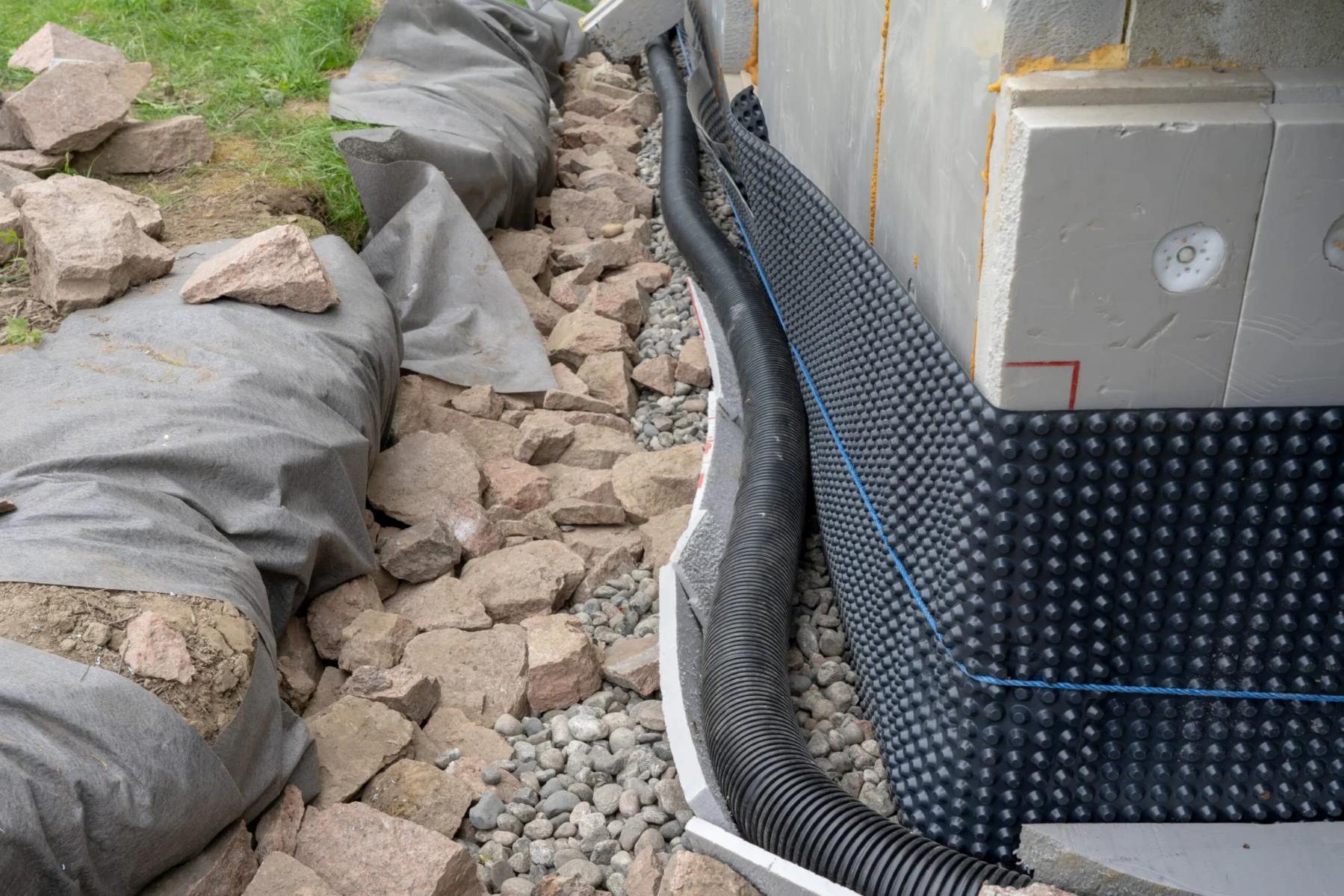
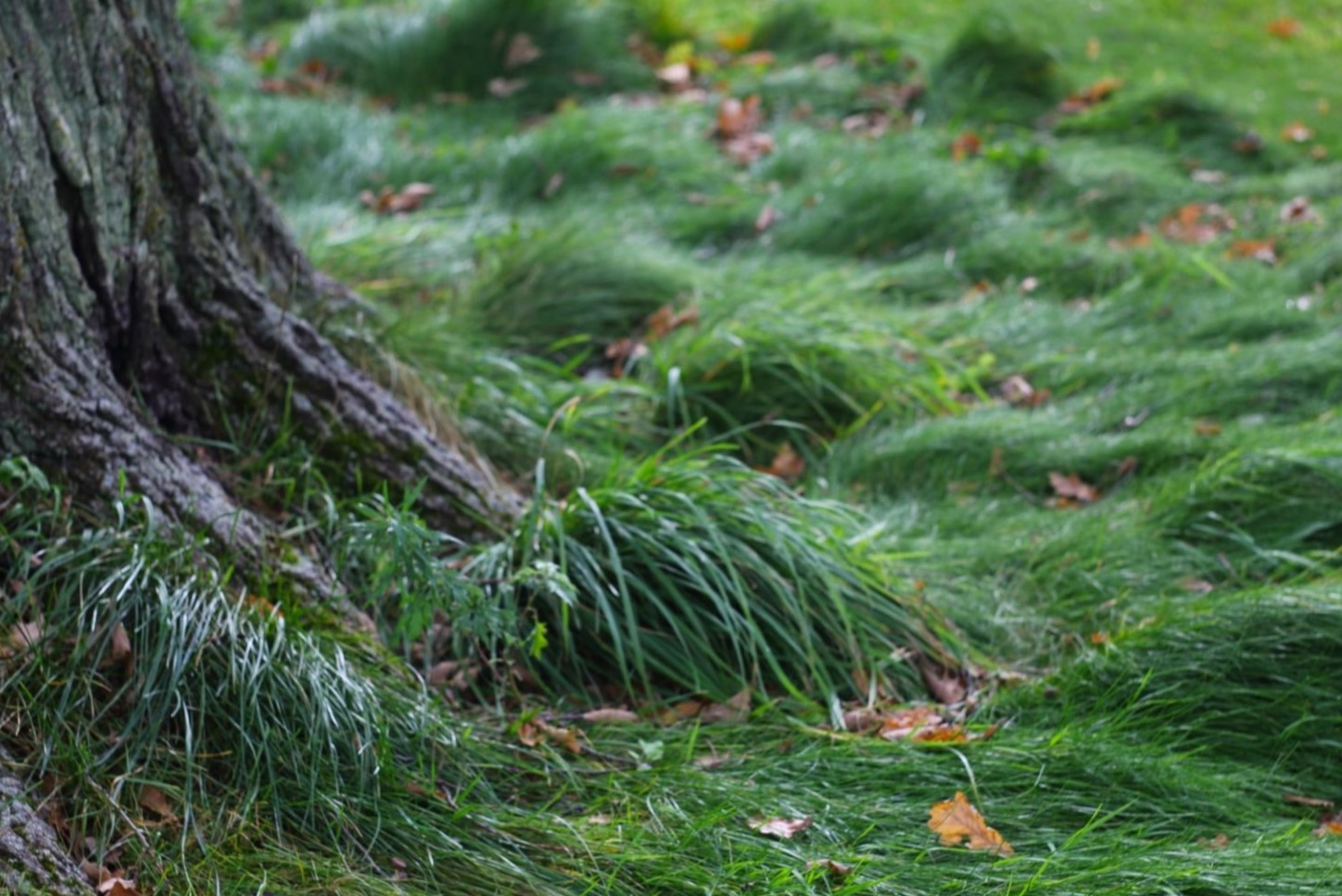
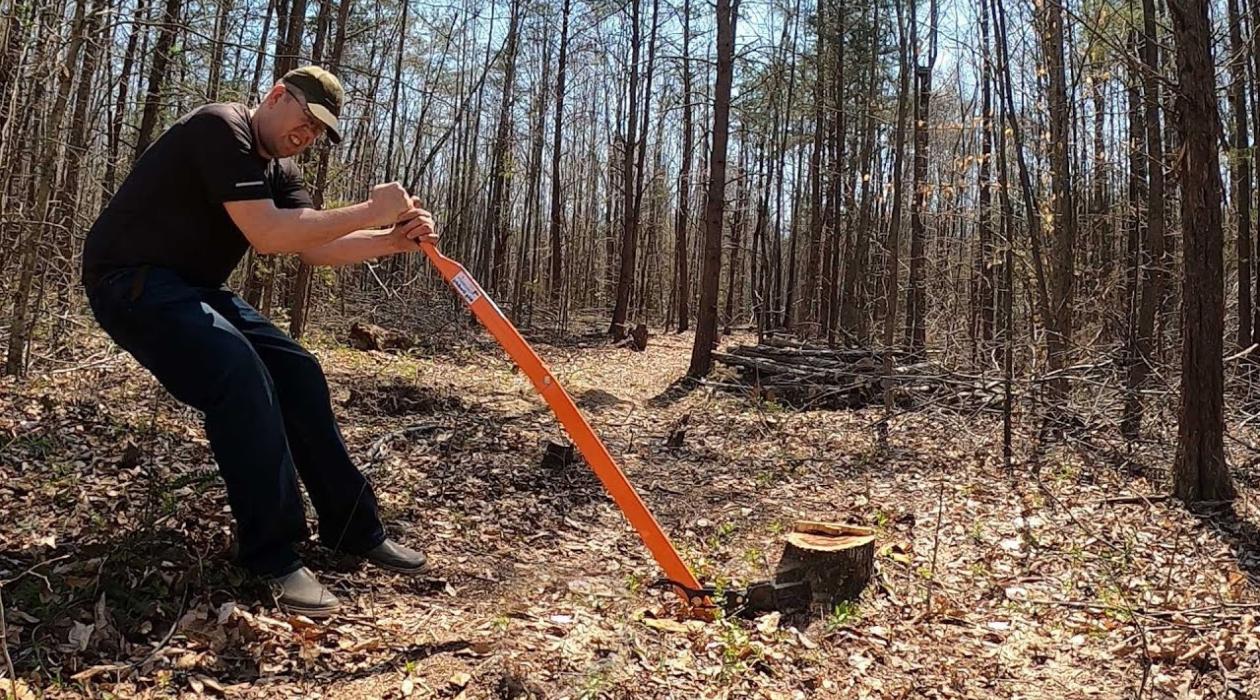

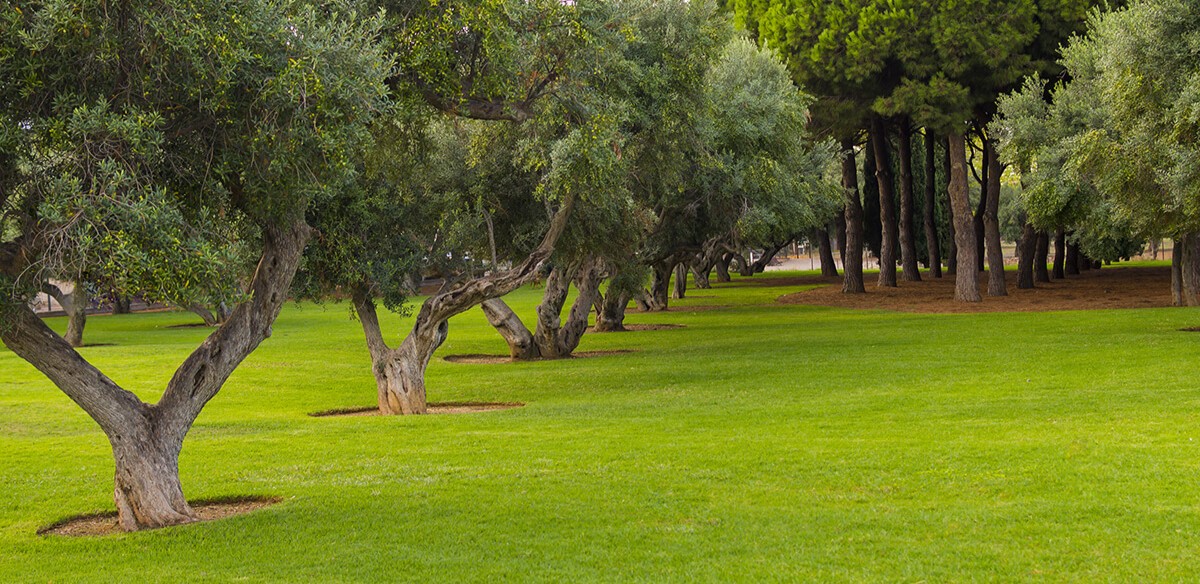
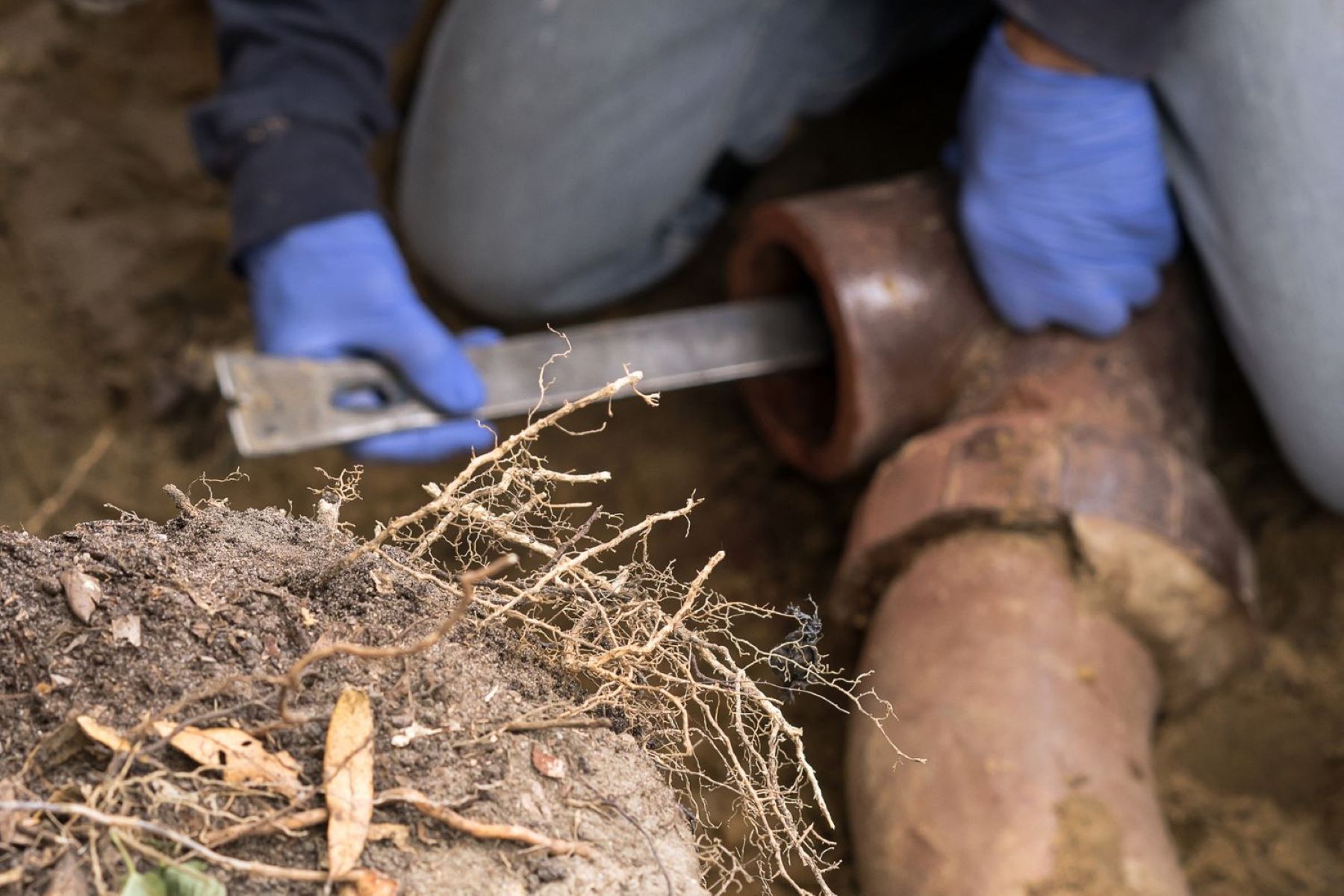
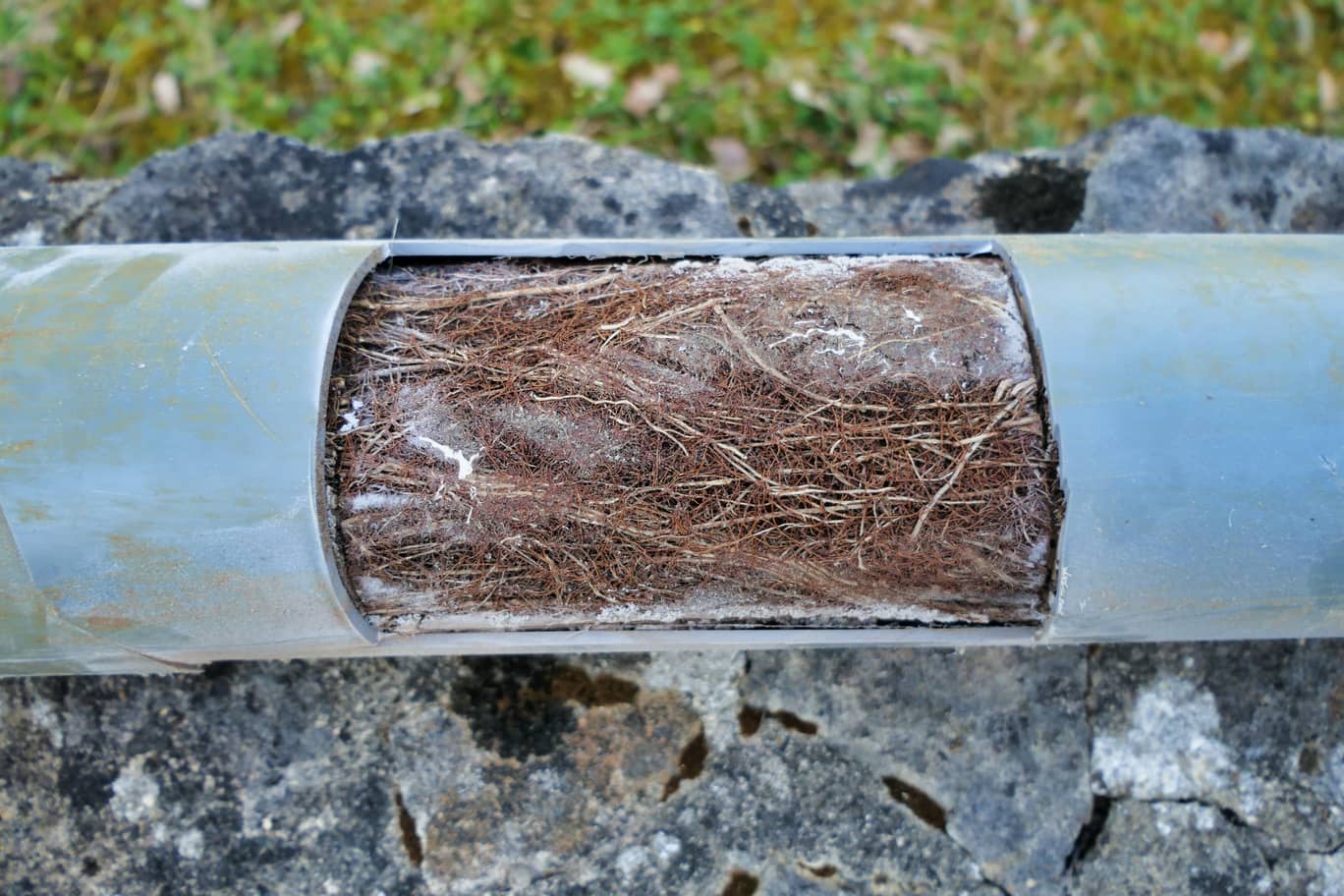
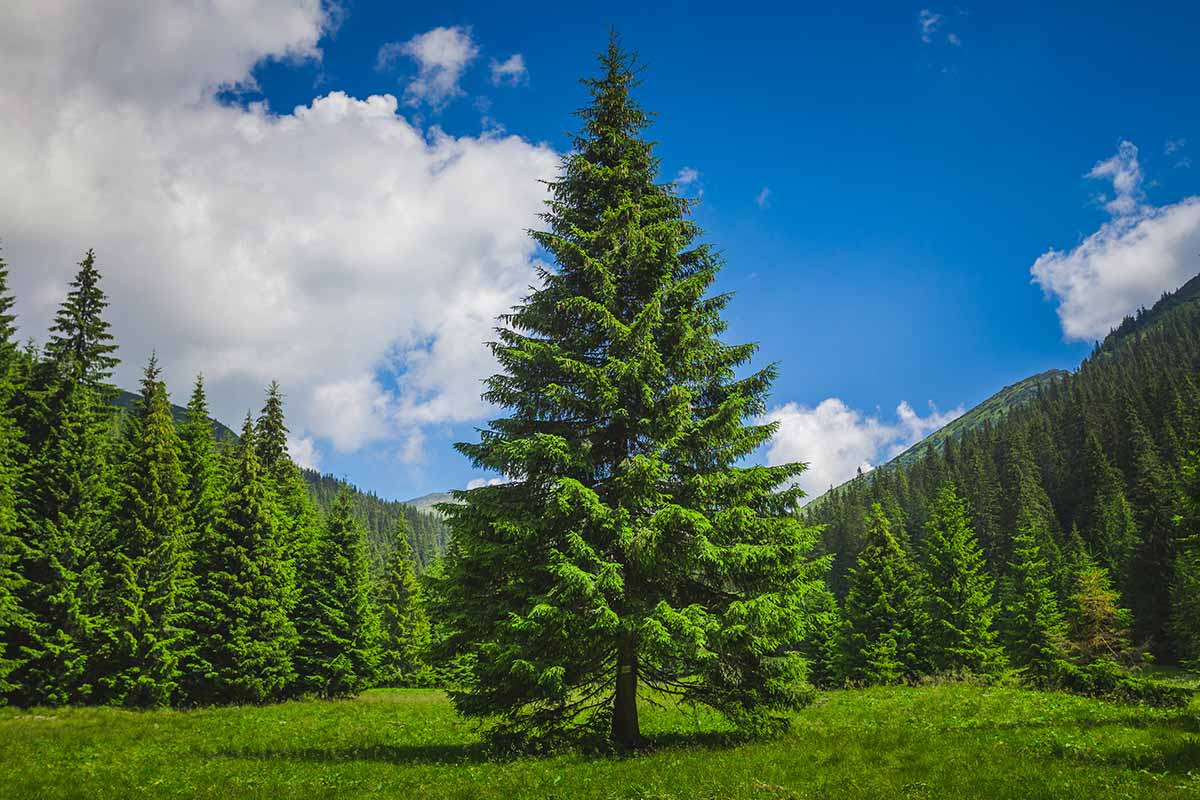
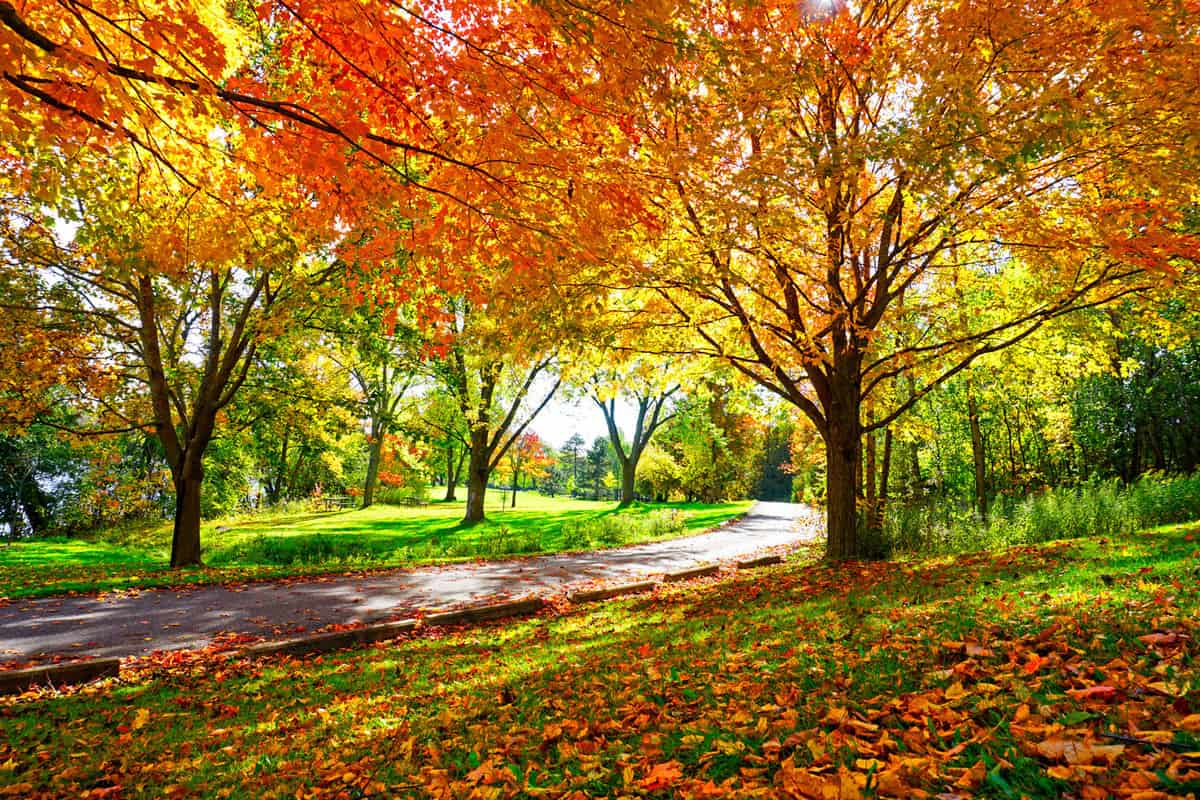

0 thoughts on “How To Remove Grass Around Trees”